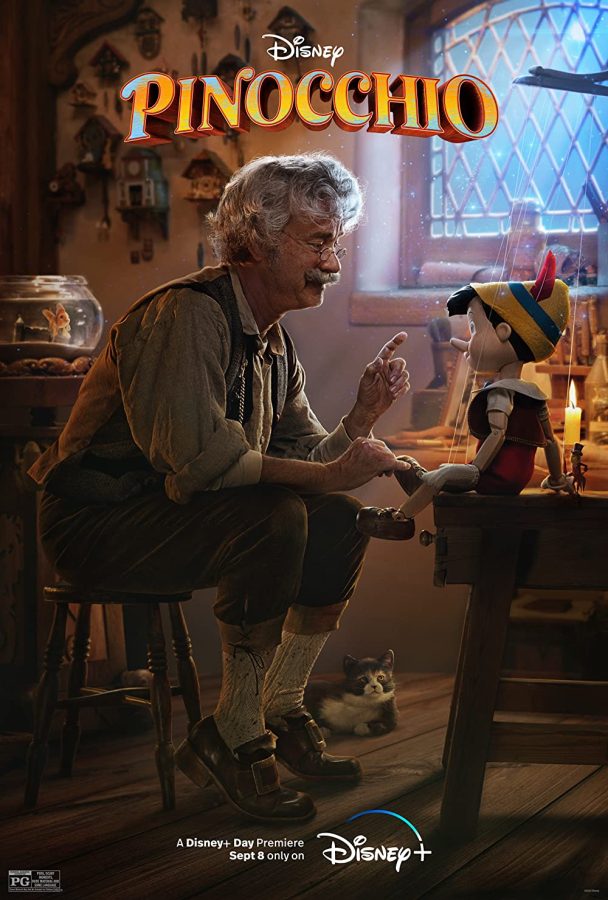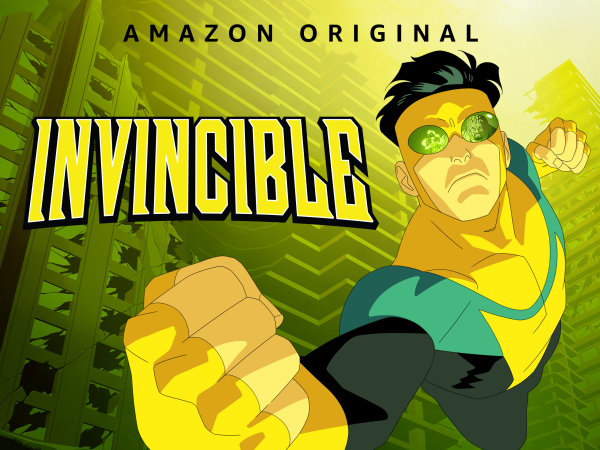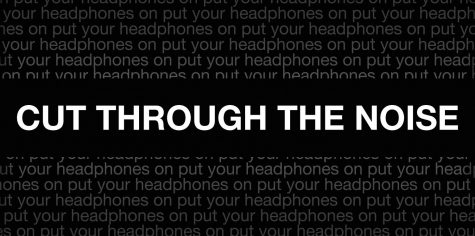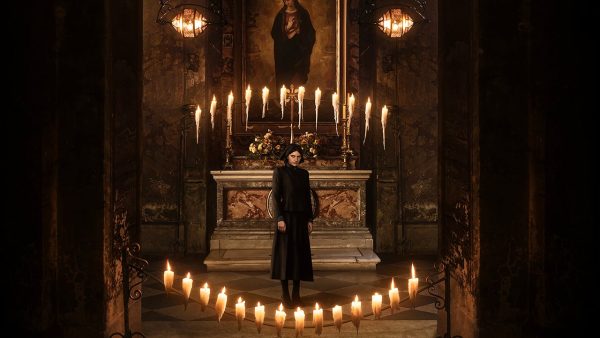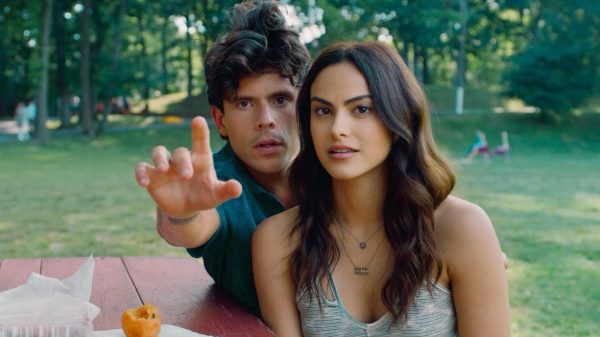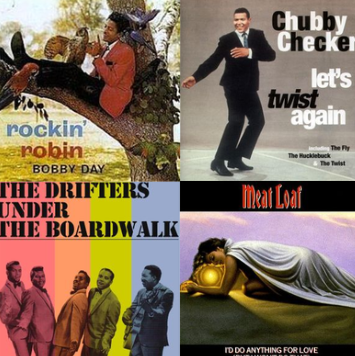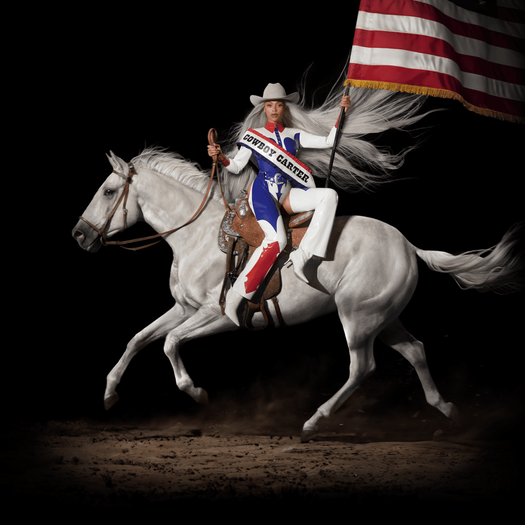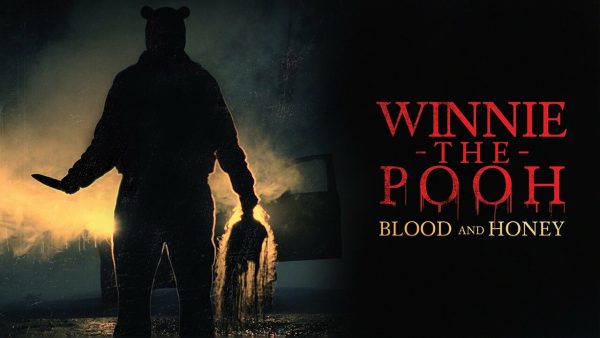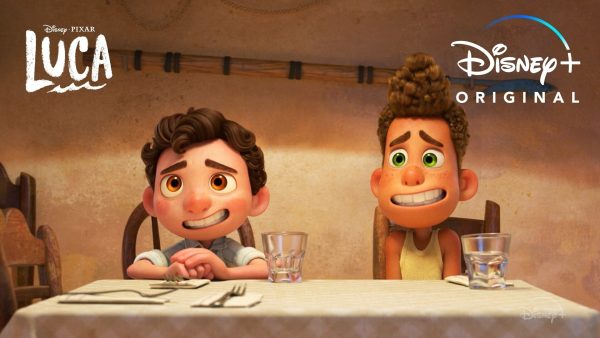‘Pinocchio’ is charming, yet unnecessary
Disney’s beloved fairytale should have been left alone
October 4, 2022
Ever since Walt Disney Pictures announced its plan to reintroduce the classics — reenvisioned, reimagined, retold and remade — viewers have patiently waited and watched as each project was released. Projects, such as “Alice in Wonderland,” “Maleficent,” “Aladdin” and “The Lion King,” have recaptured the hearts of those who had cherished the originals. All of these films were highly anticipated and advertised, living up to the potential foreshadowed and continually bringing an audience back to the theaters. Now, another one of the classics has been remade. Though it may not be as well-known, this timeless story certainly has something to offer once again — or does it?
The tale of “Pinocchio,” though not the most popular, is a classic. Geppetto, a carpenter who makes the wooden clocks and toys of his village, builds a wooden marionette, called Pinocchio, in his home workshop. After wishing upon a star, the Blue Fairy flies down from the heavens and grants his wish that Pinocchio might come to life. Though Pinocchio comes to life, he is still wooden. If he proves himself to be brave, truthful and unselfish, she will make him a real boy. Jiminy Cricket, a wandering soul, is asked to guide Pinocchio and be his conscience. Hesitant at first, Jiminy accepts and finds his job to be more difficult than he had first thought.
This new live-action retelling focuses on Pinocchio’s innocence and navigation of a new world. Eager to prove himself, his optimistic and ambitious attitude drives his longing to discover the world around him. The young marionette’s desire to experience the world is naive and leads him to trouble. Despite the warnings and deterrents, Pinocchio finds himself falling into the hands of evil, becoming their puppet. When faced with this evil, he is able to recognize what is right and wrong. With the help of Jiminy and the thought of making Geppetto proud, he discovers what it truly takes to become a real boy.
Aside from remaining true to the classic, this film gives more depth to Geppetto (Tom Hanks), as it further showcases the importance of Pinocchio in his life. An interesting detail was added to the story to convey that Geppetto was attempting to recreate his son, who had passed away, in the form of a young marionette. This addition presented the character with more of an emotional presence, which was depicted brilliantly. Tom Hanks’ delivery was playful yet genuine.
The best part of the film, by far, was the introduction of the Blue Fairy, played by Cynthia Erivo. Though only on screen for one scene, Erivo stole the spotlight and captivated the audience with pure magic — her talent. She brought life to the character and gracefully controlled the true emotion and intensity within the scene. She captured the strength, wit and power of the Blue Fairy, while not losing sight of her kind and compassionate nature. Her beautiful voice echoed in my mind for days after I finished the film.
Another thing that stood out to me was the set design, which was intricate and remained true to the details of the original. The designs could be overwhelming at times but were always fitting for the scene. I was intrigued by the Pleasure Island sequence, as it was very vibrant and flashy. Speaking of design, every costume designed and chosen was excellent, as the colors, patterns, textures and styles reflected the feel of the characters and their role in the story. The cinematography was also astounding. It was dazzling and matched the ambience of the scenes, which maintained the audience’s interest.
Although there were many brilliant aspects within this film, there were also weaknesses. First, aside from “When You Wish Upon A Star,” they seemingly paid more attention to and spent more of their efforts on the new music added, which contributed little to the show, than showcasing the songs from the 1940 film and finding ways to uniquely incorporate them into the reenvisioned storyline. They also added unnecessary scenes, characters and sequences that brought a modern touch to the story but distracted from the original. The film is set in 19th century Europe but includes weird and unfitting dialogue, incorporating media references and trying too hard to relate to the audience. Even weirder? You fail to see Pinocchio become a real boy in the end. There is no emotional payoff.
The animation almost made me want to turn off the film. The CGI was not as great as it could have and should have been, and the integration between animation and reality is odd. It has no consistent style and feels very forced. It was distracting from the character’s interactions, which were important to the story. I could not get past how unnatural it all looked and felt.
In all, the film was dazzling, but it lacked that emotional draw and connection to the audience. Although the message was the same, its deliverance was different. It lacked the feel that the original gave, straying more to the appearance than the true meaning. The story was still identical to the original, as well as entertaining for children, but the film doesn’t prove that it should exist — it fails to prove that the original should have been recreated. It made me wonder if the original should have been left alone, which is never a good thing to question.
“Pinocchio:” ★★★☆☆



